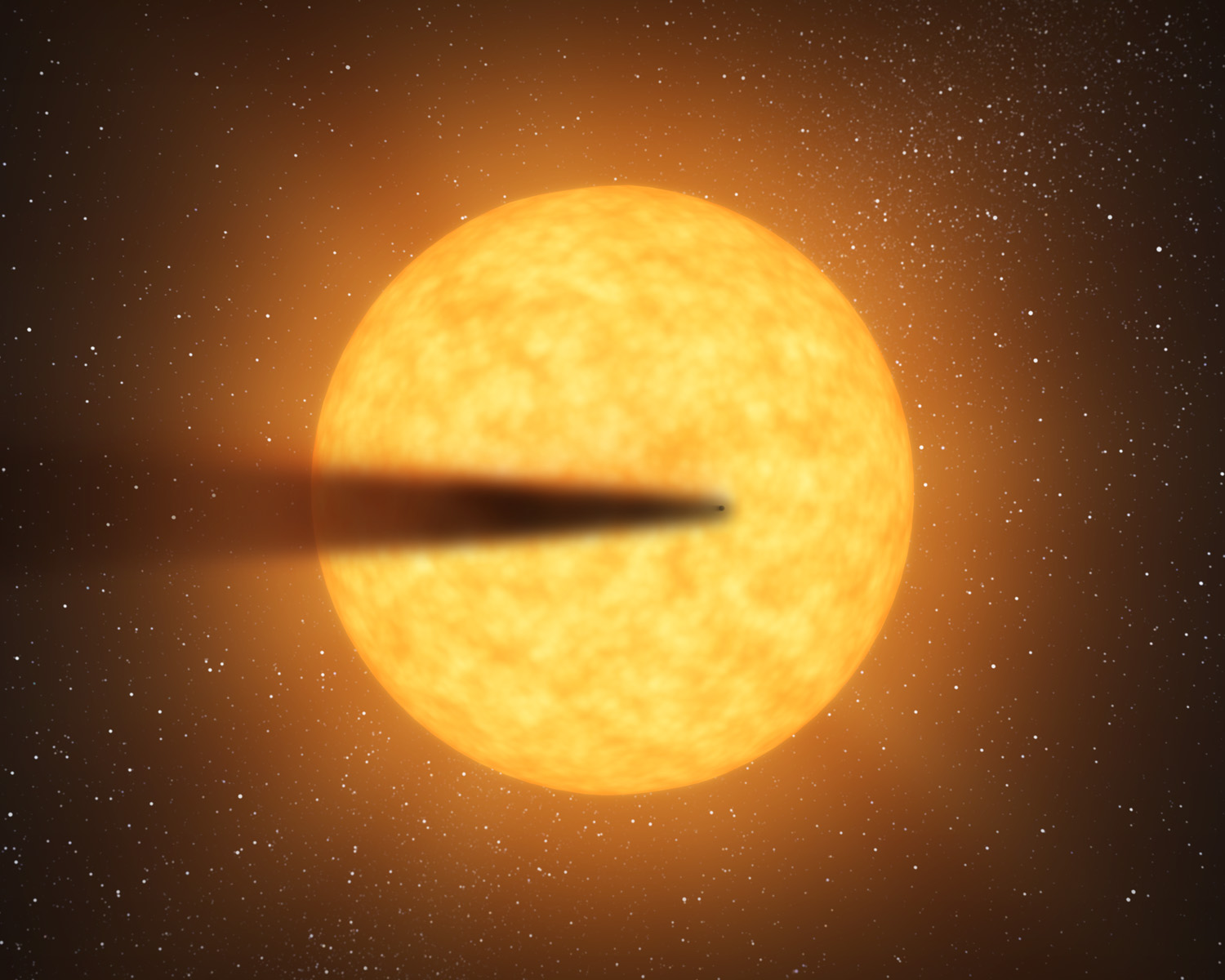
About 1,500 light-years from Earth a small planet about the size of Mercury orbits its parent star so close that is slowly evaporating.
Astronomers found the planet by observing its parent star as the observations showed that the star’s light was attenuated by almost 16 hours when the planet passes in front of the star as seen from Earth.
Usually, as with most planets, the amount of light blocked by planet when it passes in front of it is the same, every time, since the planet itself is not changing.
But for the planet KIC 12557548, the light blocked varies with each pass. The reason to why the light is different with every transit is most probably its tail of dust that is constantly changing.
The planet is so hot that rocks boil and leaves a trail of vapor behind – like the tail of a comet.
The temperature on the side of the planet facing the star amounts to 1,800 degrees Celsius, and the surface is transformed into a boiling sea of lava.
The team of scientist built a computer model of the planet and its star system, enabling them to run computer simulations of the star’s variations in brightness as it passes its sun. And the resulting light patterns as seen in the model matches the same irregular patterns detected by the space observatory, Kepler.
By every second that passes, the planet is loosing 100,000 tons of mass, evaporated into space. The small planet will have boiled away completely with time, estimated to be gone within 100 million years.
______________
Possible Disintegrating Short-Period Super-Mercury Orbiting KIC 12557548
____________________________

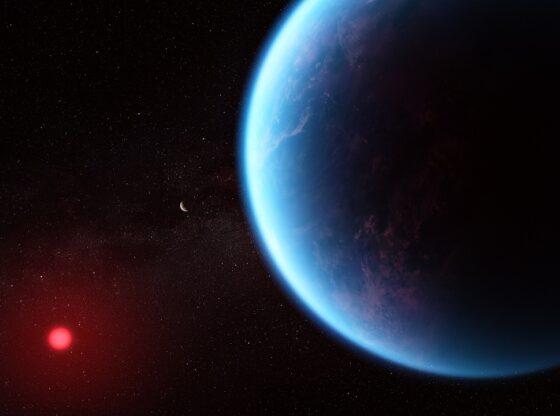
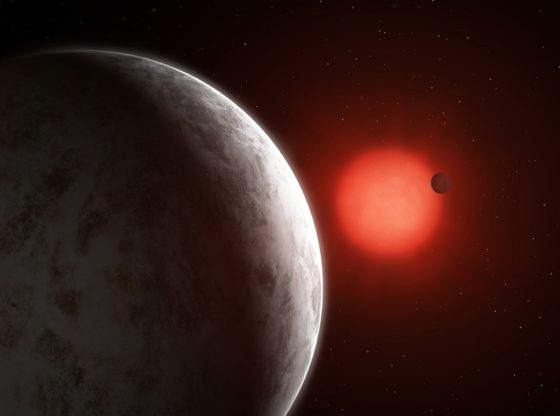
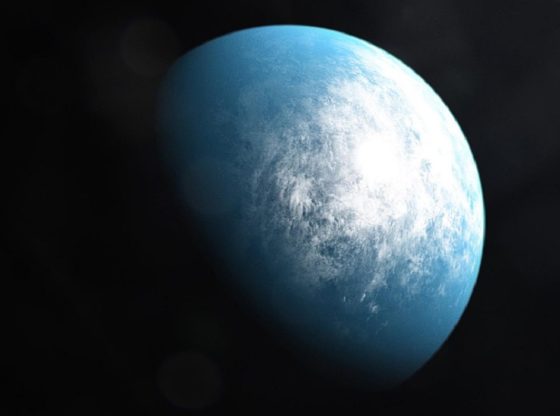
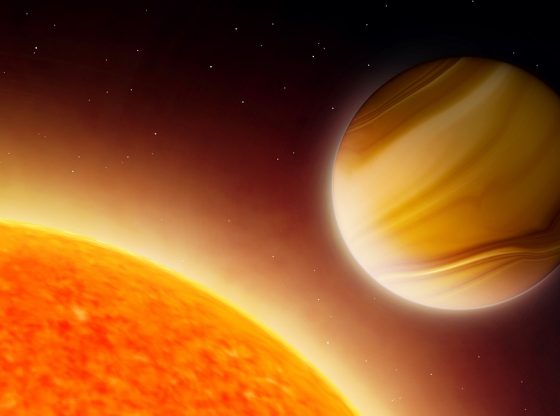
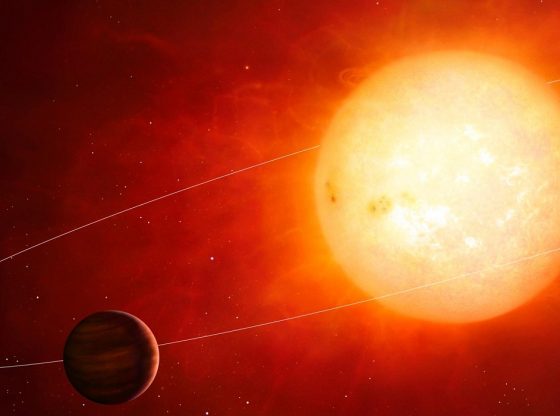
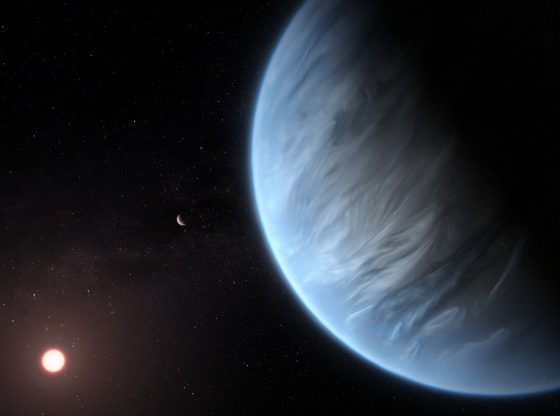


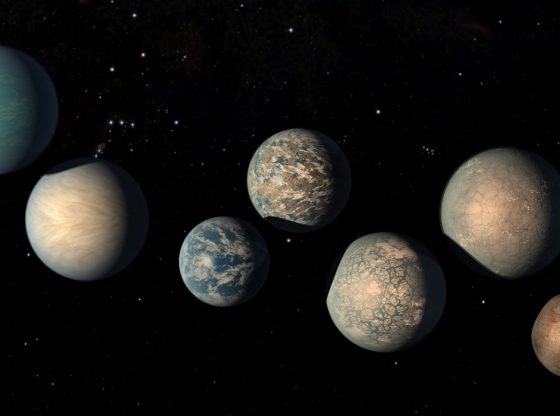
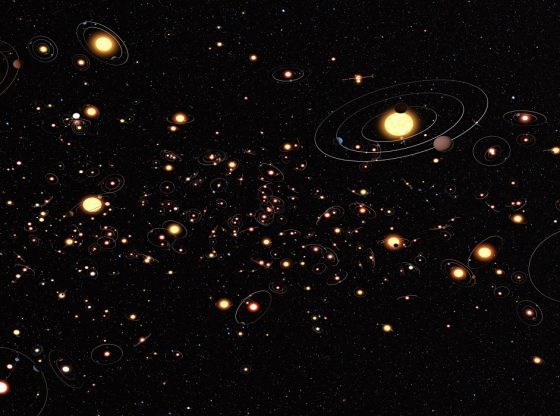
![OpenAI. (2025). ChatGPT [Large language model]. https://chatgpt.com](https://www.illustratedcuriosity.com/files/media/55136/b1b0b614-5b72-486c-901d-ff244549d67a-350x260.webp)
![OpenAI. (2025). ChatGPT [Large language model]. https://chatgpt.com](https://www.illustratedcuriosity.com/files/media/55124/79bc18fa-f616-4951-856f-cc724ad5d497-350x260.webp)
![OpenAI. (2025). ChatGPT [Large language model]. https://chatgpt.com](https://www.illustratedcuriosity.com/files/media/55099/2638a982-b4de-4913-8a1c-1479df352bf3-350x260.webp)








